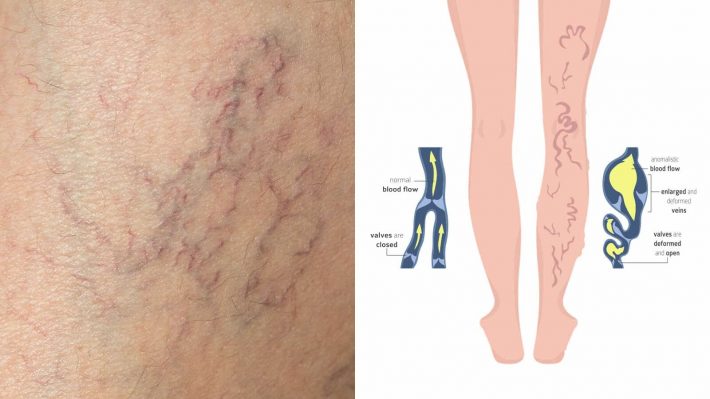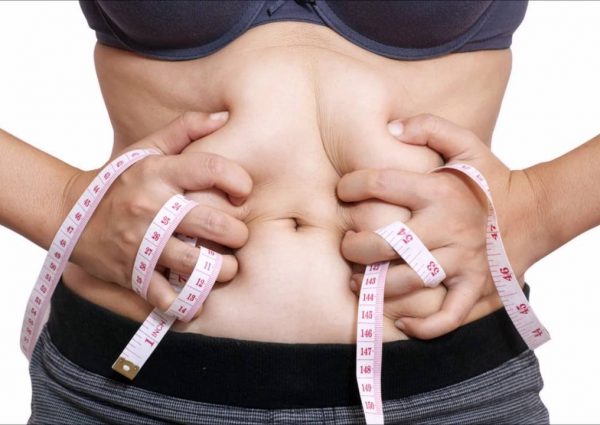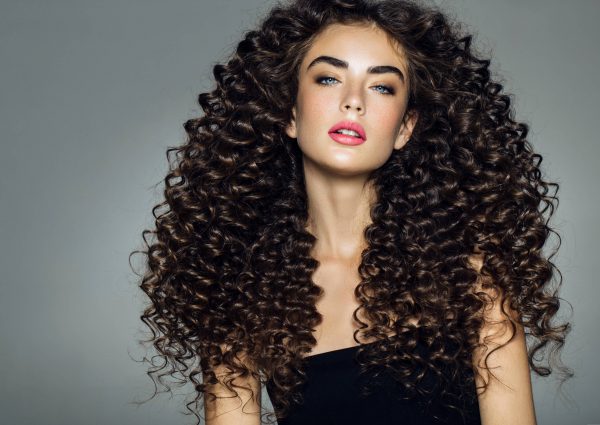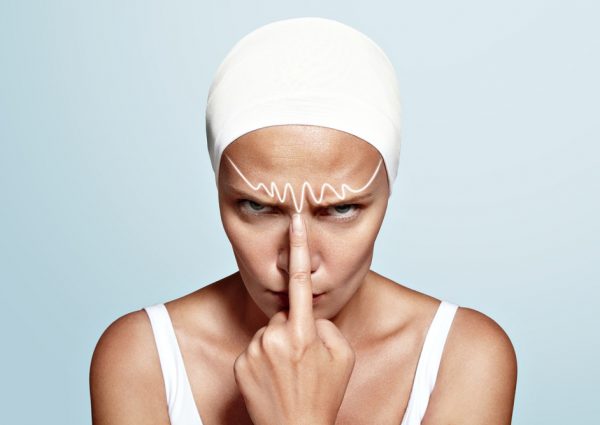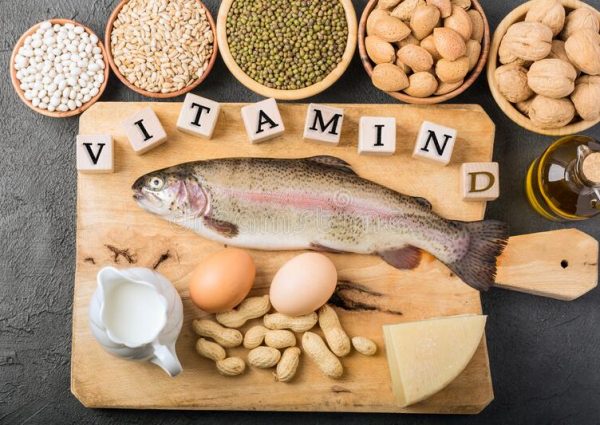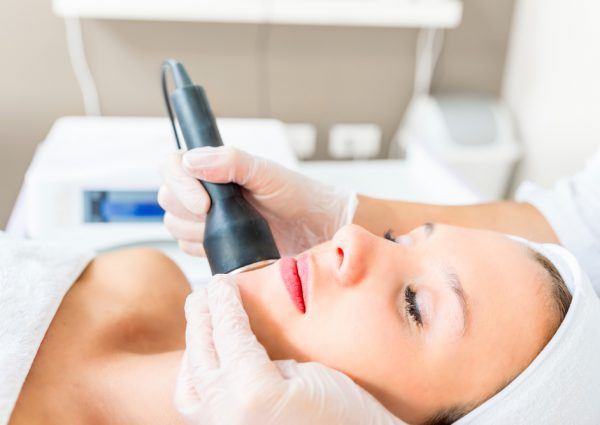The twisted and bulging veins of varicose veins are a common symptom of this condition. Although any superficial vein may become varicose, it is more common in the leg veins. Standing or walking with an erect posture exerts strain on your lower-body veins, which causes this problem.
Venous blockage may be treated using self-care methods and medical procedures. Both methods can be used in tandem. Find the best vein doctor in NJ for the best consultation.
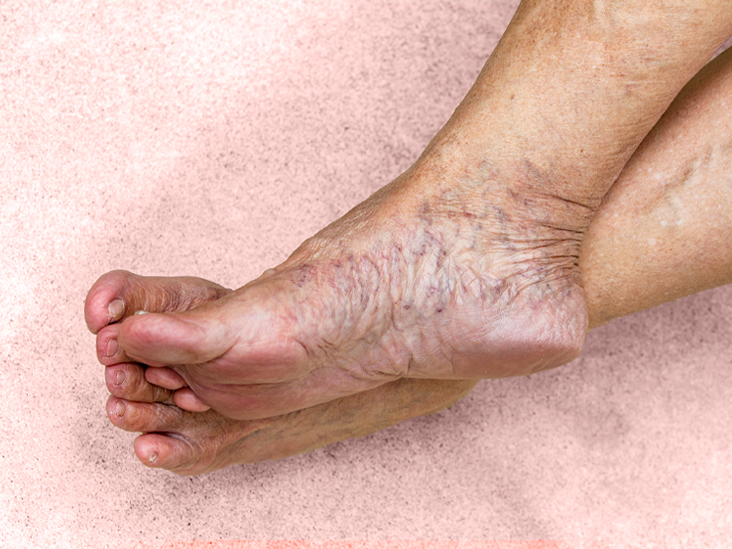
Symptoms
There is a chance that varicose veins will not cause any pain. Some of the signs of varicose veins include:
Throughout the body, purple or dark blue veins may be visible.
Velvet laces on the legs that seem like twisted veins protruding from the skin
In the event that painful symptoms do appear, they may include any of the following:
- Leg heaviness or soreness is felt in the lower limbs.
- There is edoema, burning, throbbing, and cramping in the lower limbs.
- Pain that develops after prolonged periods of sitting or standing
- One or more veins are itching as well.
- The skin around varicose veins darkens as a result of the condition.
Spider veins resemble varicose veins in their appearance, although they are considerably smaller. It is common for mites to be red or blue in colour, and they are found on the surface of the skin.
Although spider veins may also be seen on the face and hands, they are more often found on the lower limbs. Many sizes are available, and they frequently look like spider webs.
Causes
Weak or cracked valves may lead to the development of varicose veins. Arteries must carry blood from the heart to other tissues, whereas veins must bring blood back from other tissues and back to the heart for blood to circulate again. It is impossible for leg veins to deliver blood to the heart without fighting gravity.
Blood arteries are sealed shut using injections to prevent blood from flowing through them any longer during the procedure (sclerotherapy). When a vein is irritated by a solution, it is closed using sutures to avoid the spread of infection (thrombus). This therapy, in essence, induces a harmless kind of superficial vein thrombosis. The clot’s mending necessitates the formation of scar tissue, which clogs the vein. Even if the blood clot dissolves rather than scars, the varicose vein does not reopen in this circumstance. New varicose veins are also detected on a regular basis.
Lasers are used in the procedure (laser therapy)
It is possible to cause tissue damage or even tissue destruction with the use of laser therapy for varicose veins. Spider veins may also be treated using laser treatment. It may also be used topically to the skin for aesthetic purposes.
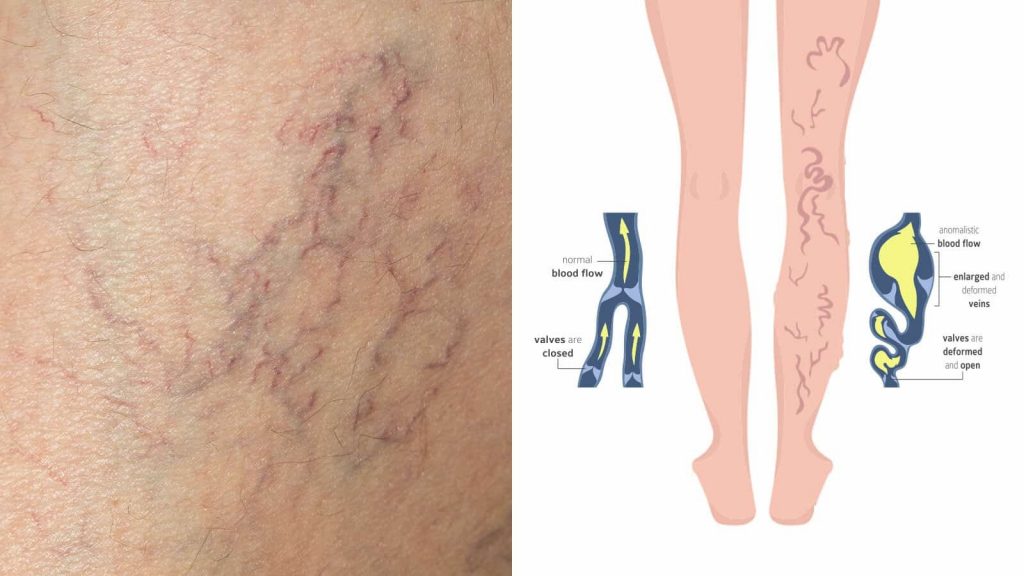
Surgeons are able to help (“phleb stripping” or “venous varicectomy”)
Varicose vein surgery is no longer the gold standard of treatment. An operation aims to remove as many varicose veins as is physically possible. A number of steps must be taken to achieve this. The saphenous vein, on the other hand, is carefully protected by surgeons. This is the body’s longest superficial vein when measured from ankle to groyne; it runs from the ankle to the point where it joins the femoral vein (the main deep vein of the leg).
If there is a blockage of the heart’s or other major blood vessels’ blood arteries, the best vein doctor in NJ try to keep as much of the saphenous vein intact as feasible. Saphenectomy (stripping) is used to remove the saphenous vein from a patient if it is required. Ankle and Groyne Incisions: The surgeon may access both veins by making two incisions, one in each ankle and groyne area.
The surgeon makes incisions in various parts of the body in order to remove any remaining varicose veins. Slightly more significant than deep veins in returning blood to the heart, superficial vessels have minimal influence on circulation while the deep veins are working properly.

